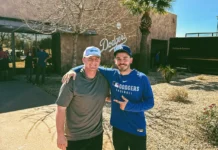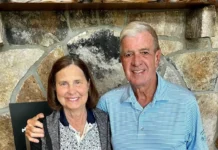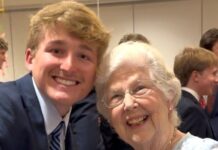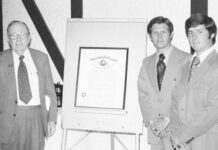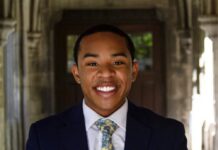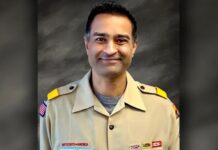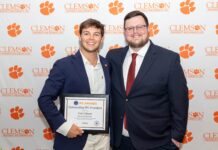Excerpt from
New spirits rise in old, repurposed churches
By Amelia Nierenberg, The New York Times
The pandemic has thrown religious worship into turmoil. Some congregations spent months meeting over Zoom, uncertain if in-person worship could be safe. Others struggled to keep the doors open as contributions declined. A few have closed their doors.
But even before the coronavirus hit, many of the same issues were afflicting religious institutions; the most faithful worshippers have aged, and church attendance has fallen in recent decades. Often, congregations have sold their buildings to eager developers, who might tear them down or partition the cavernous spaces into pricey condos.
But not every flockless church faces an afterlife as living spaces stuffed full of “exceptional quirks around every corner” for hipsters. Many have become different kinds of creative spaces and communal gathering spots, often providing what might be considered “secular ministry.”
It is unclear how many religious buildings are repurposed. Roughly 1% of the nation’s 350,000 congregations — or 3,500 — close each year, based on an analysis from Mark Chaves, a sociology professor at Duke University and director of the National Congregations Study. But not all find new uses, and some buildings are filled by different congregations.
Phi Sigma Kappa at Rensselaer Polytechnic Institute
TROY, N.Y. — Not every conversion from a religious space to a secular one goes forward seamlessly.
In 2011, when the Phi Sigma Kappa fraternity at Rensselaer Polytechnic Institute moved into the church and rectory of St. Francis de Sales, a former Catholic church in upstate New York, it concerned some.
Although the church had sat vacant for two years, neighbors were not too pleased with the conversion. Christer Herrmans, the chapter’s former president, was trimming the bushes out front when a woman approached him.
“’It’s not right what you’re doing in that building,’” he said she told him. “But I thought, ‘We’re taking care of that building. If it weren’t for us, it’d be falling apart.’”
The students live in the rectory, and they gather in the church itself. Every Sunday evening, they hold a chapter meeting. It is a fraternity house without booze. They have agreed with the city to use the property as a dry space.
Herrmans is not religious himself, he said, but he said a fraternity and a church have much in common, and he draws strength from the familiar rituals.
“Having tradition and rituals,” he said, “that’s a very religious type of thing.”



